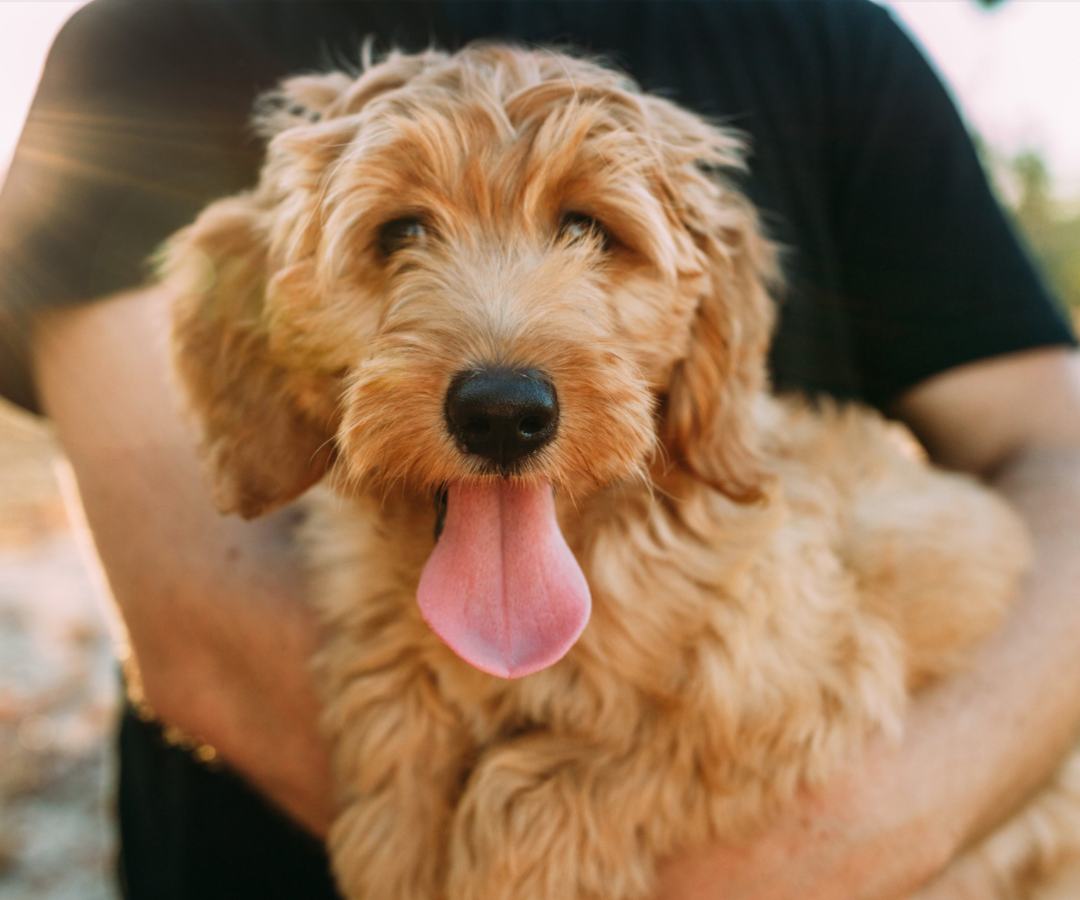
[Episode 15]
Understanding Fear in Dogs
Do you have a fearful dog or do you want to avoid your puppy developing fears as he gets older?
In my private training business, fearful dogs account for about 80 to 85% of my clientele. Fear in dogs is common. Don’t feel bad if you have a fearful dog, but keep reading or listening to this episode. Many dog owners that struggle with fear issues approach fear the wrong way. And it’s really not your fault. You’re not born knowing how fear works, but you’re going to learn today.
It’s important for you to understand how fear works in your brain because you are training your dog. You are the only person that needs to change in order to help your dog. There’s a great book that explains fear from the human perspective. I’m going to take it back to the dog perspective, let’s focus on you first. The book is called The Gift of Fear written by Gavin DeBecker, an FBI profiler.
In the book, Gavin DeBecker shares a story about how fear is a gift that we overlook.
A young woman was coming home from work and she had stopped at the grocery store. As she was approaching the stairs of her apartment, her bag spilled, and some groceries spilled on the ground. She went to pick them up, a man came out of the shadows and started to help her. She thought initially, Oh my gosh, who’s this guy and why was he hiding in the shadows. Then he said, “Let me help you and carry your bags for you.” He wanted to be helpful and he was nice. She shamed herself for initially thinking he was a bad guy as she walked up to her apartment with him.
She unlocks her door, he follows her inside, beats her up, and rapes her. That’s the same thing we do with our dogs in that story. You’ll notice that she was right to be worried initially, but our human brains rationalize that gut feeling. We don’t want to hurt someone’s feelings or have them think poorly of us, so we ignore that gut feeling when that feeling was there for a reason.
How the brain works with fear.
There are two parts of the brain that we’re going to focus on here. The limbic system is the fear part of your brain or the emotional part of your brain. Excitement, love, fear, danger all come from your limbic system. It’s the part of your brain that controls the fight or flight mechanism, it tells you something is dangerous and to fight, flight or sometimes we freeze in fear. That part of our brain signals to us that we need to be worried. We need to be on alert.
There’s another part of our brain called the cerebral cortex. That’s what we call our mind. The cerebral cortex is what we use for rational thought, critical thinking, math, writing, and if it’s a good idea to buy that expensive car. 😉
Our limbic system will always warn us that something bad is about to happen, but as humans, our cerebral cortex comes in and rationalizes that for us, sometimes telling us we shouldn’t worry because people aren’t bad, like in the story above.
It’s why the book is called The Gift of Fear. You might call it instinct, or your gut feeling, but really it’s your limbic system signaling you before your cerebral cortex gets involved and shames you for thinking that way. It really is a gift.
Your dog doesn’t have the same capacity in his cerebral cortex that you do. He doesn’t rationalize as you do. Your dog doesn’t rationalize and say, well, I don’t think that German Shepherd that’s staring at me, walking straight towards me has bad intentions. Your dog doesn’t think that way. Your dog only thinks of danger based on what he’s learned from past experiences. If your dog has had bad experiences with other dogs, then he will think all dogs are bad (he’s generalized that fear to other dogs). Remember, his brain isn’t like yours. And when I say a “bad” experience, that’s based on what your dog thinks a bad or scary experience is, not what you think was bad.
Don’t make the mistake of thinking that your dog thinks like you think, because he doesn’t.
Another mistake that dog moms make with fearful dogs is thinking that in order to get over their fear, they need to be around the fearful thing more often. That’s the worst thing that you could do. Many dog owners think they need to show their dog that the other dog or person isn’t scary. They think he needs to see 20 dogs or be in a pack of dogs or go to daycare or do a pack walk in order to get over the fear. Being around other dogs won’t change the fear. That process is called flooding and flooding is rarely effective. If you’re afraid of the water and I push you in, are you less afraid once you’re in the water? No. Do you trust me more or less now?
Once the fear is already there. You need to counter-condition and desensitize the fear.
If you have a fearful dog, you know, my heart goes out to you. You can unravel that fear.
Look into our online Barkaholics Program that focuses on teaching reactive dogs to be calm. If your dog has minor fears, then The Dog Academy might work for you. And you can always sign up for zoom lessons. Go to allabouttrainingdogsonline.com for more information.

FREE MASTERCLASS
3 STEPS TO GET YOUR DOG TO LISTEN
Most struggling dog owners spend hours watching videos and reading blog posts that don’t address the cause of their problem. They waste time focusing on the symptoms and then think their dog is difficult or can’t change when they don’t see results. If you’re ready to finally see change, then sign up and watch this FREE Masterclass.


